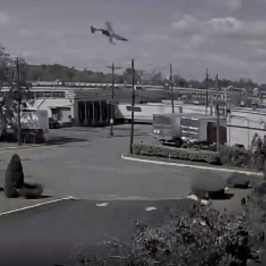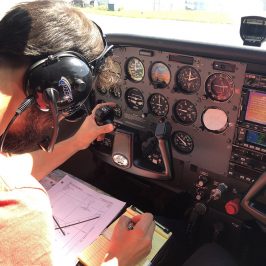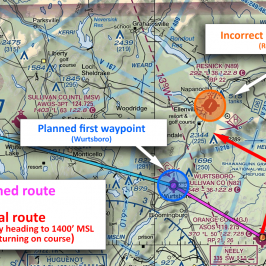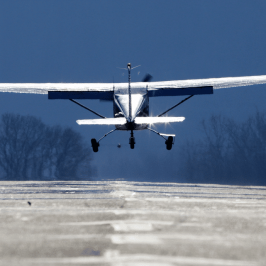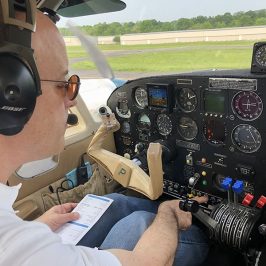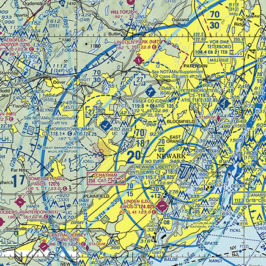After hundreds of practical tests given, here are the top errors and mistakes I’ve seen from applicants. This list includes all certificate levels and ratings! Topics include the “new” ACS effective May 31, 2024, and more!
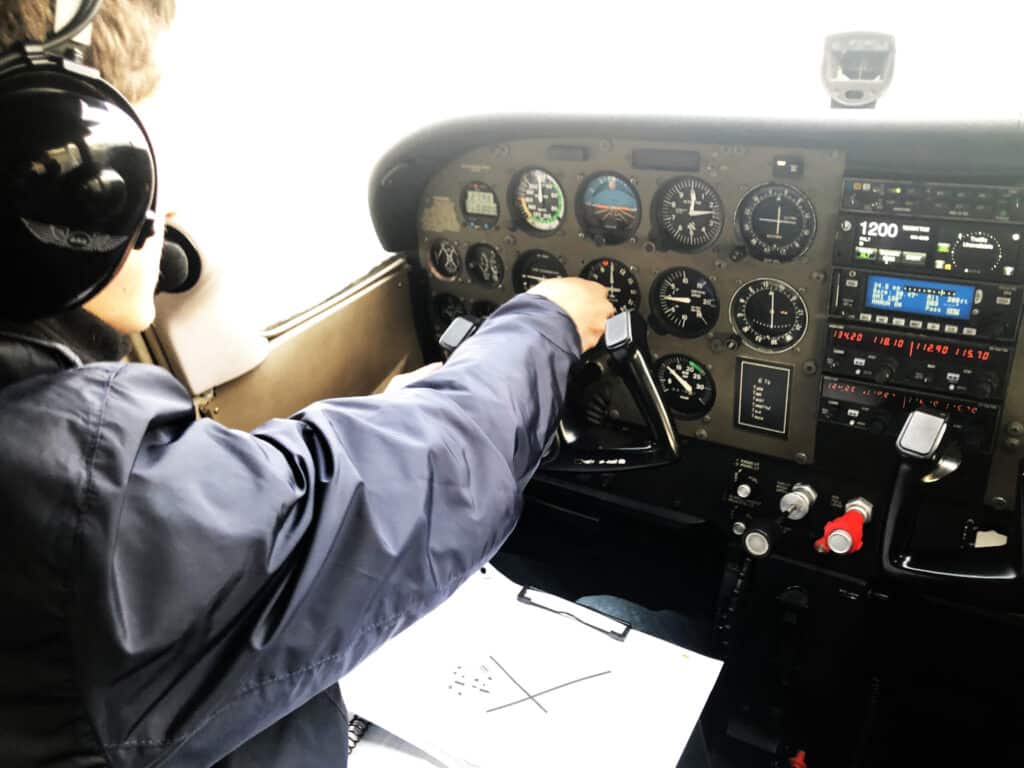
Showing up to the practical test unprepared.
You’ll need your pilot (or student pilot) certificate, medical certificate, and government-issued photo ID, at minimum. You may also need to bring your AKTR (Airman Knowledge Test Report), if applicable. You’ll also need your IACRA username and password. Practice logging into IACRA in advance. Make sure your 8710-1 Airman Certificate and/or Rating application is signed by your flight instructor. This can be checked in IACRA, by you! Review the required endorsements for your practical test with your flight instructor and ensure they are current and accurately worded per AC 61-65H.
You must present the checkride aircraft’s logbooks. Be sure you can locate the required inspections. Hint: practice in advance!
Part 141? Have your Graduation Certificate handy.
Bring a current set of publications, charts, etc.! Electronic or paper – it does not matter.
Not having a thorough understanding of the Airman Certification Standards (ACS) or PTS.
Of all the recommendations I emphasize, over and again, this is the clear winner in terms of sheer repetition. It is also what I call “low hanging fruit” in terms of an easy way to enhance your odds of success! The ACS is your guide, the applicant’s means by which he or she can empower themselves to be the “PIC” of their training process and their practical test event. Your pilot examiner references the ACS every single time they conduct a practical test… shouldn’t you?
Take note of the Appendices. They are worthy of your review! With the introduction of the “new” ACS effective May 31, 2024, these have been streamlined to a total of three. These appendices spell out Practical Test Roles, Responsibilities, and Outcomes (Appendix 1), which includes clarification on Satisfactory Performance and additional rating task tables; Safety of Flight (Appendix 2) to include multiengine considerations; and Aircraft, Equipment, and Operational Requirements & Limitations (Appendix 3). This last appendix gives voice to evaluation criteria for tasks specific to the certificate or rating in question.
Power tip… take note of this, from Appendix 1:

If it’s a skill element (the elements which are listed as S1, S2, etc.), it will be tested unless otherwise noted! Review the ACS and prepare for your Practical Test accordingly.
Difficulty interpreting raw (undecoded) TAFs and METARs.
Modern EFBs containing software such as ForeFlight and Garmin Pilot have made decoding these weather products much easier than in the past. However, most examiners will expect you to be able to interpret undecoded Terminal Aerodrome Forecasts and METARs.
Sometimes an abbreviation or acronym might slip your mind – that’s understandable! Within reason, you’re allowed to look things up, if you know where to find the information. The AIM contains an entire section on weather (Chapter 7: Safety of Flight, Section 1: Meteorology), or you could simply keep this METAR/ASOS Decoder handy.
Remember that most of your ground portion (the “Oral” as it is often colloquially, though inappropriately, referenced) will be scenario-based. Instead of expecting to recite rote information, be prepared to give a big-picture explanation of what the weather will be doing over the 24 to 30 hour TAF period in question. Expect to correlate with other weather products… just like you would if you were reviewing weather before a typical flight! As I’m fond of saying, “they call it a ‘practical’ test for a reason.”
Aerodynamic “back-burner.”
No, I didn’t mean afterburner! Area of Operation I, Task F., Performances and Limitations, for both the Private Pilot and Commercial Pilot ACS is “Performance and Limitations.” Thanks to the great standardization of the modern ACS, the knowledge element I.F.K3 for both tests is “Aerodynamics.”
Let’s take a moment to do a quick review and see if you recall something I mentioned previously. Remember what Appendix 1 says about Knowledge, Risk Management and Skill Elements? That’s right, only one knowledge element must be tested (at minimum) unless otherwise indicated in the task itself. Which one? You’ll found out during the practical test.
A smart applicant will be prepared for the evaluator to select any of those elements, but hiding in plain view is PA.I.F.K3. Aerodynamics for Private Pilot applicants, and CA.I.F.K3. Aerodynamics for Commercial Pilots. I think it’s possible that sometimes this task is placed on the back-burner, so to speak, because it’s just one word and it “hides” on the page.
Without giving away the secret sauce, please let me place emphasis on the fact, yet again, that the Practical Test is scenario-based. Therefore, applicants can keep a reasonable expectation that the Aerodynamics knowledge element, if selected by your evaluator, will be conjured up within a plausible flying scenario. Your knowledge of aerodynamics shouldn’t be theoretical, it should be functional; so subjects like ground effect, best glide speed, induced drag during slow flight, etc. are all fair game… just as examples.
(Cont’d on page 2, click “2” below)

